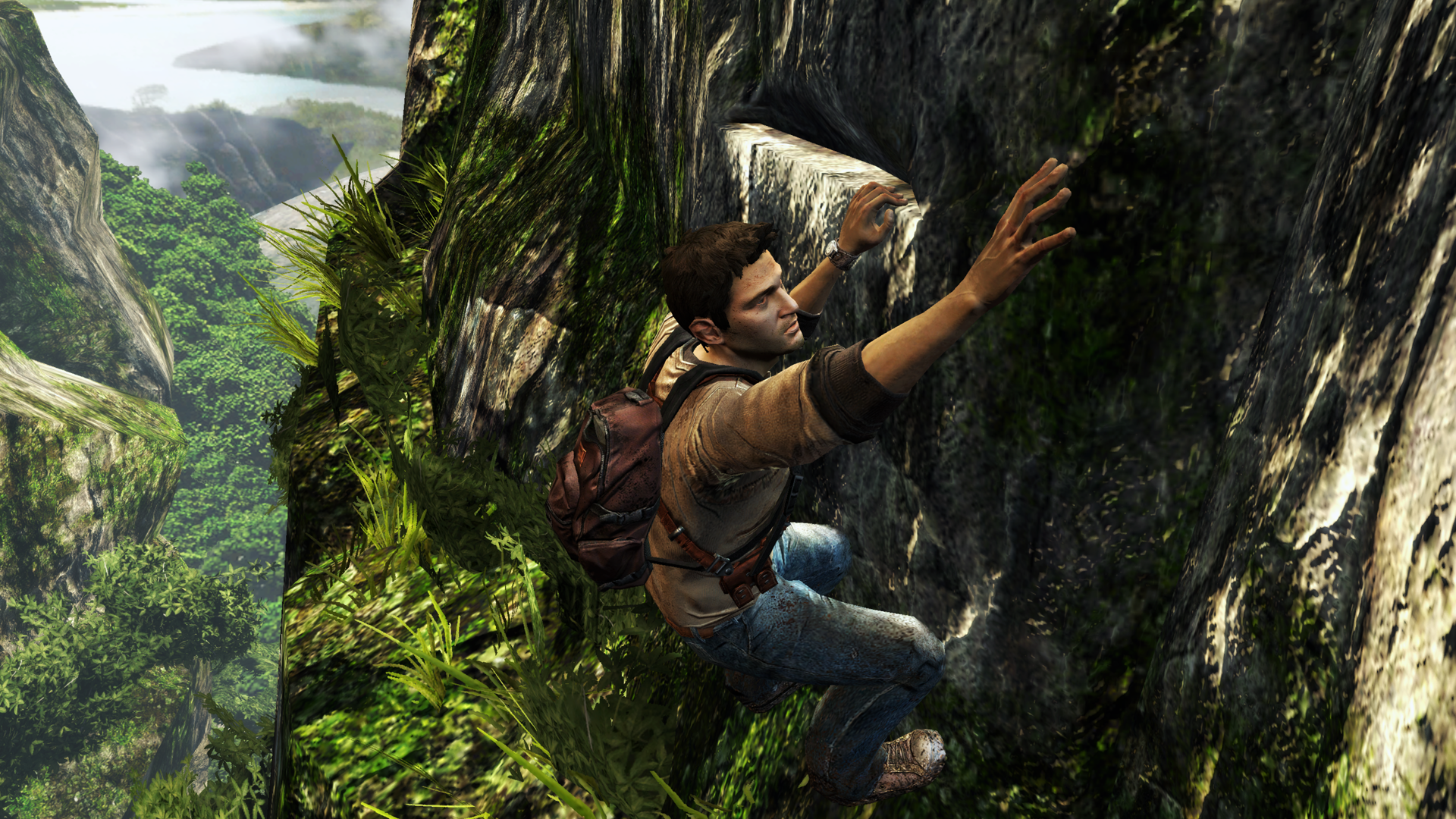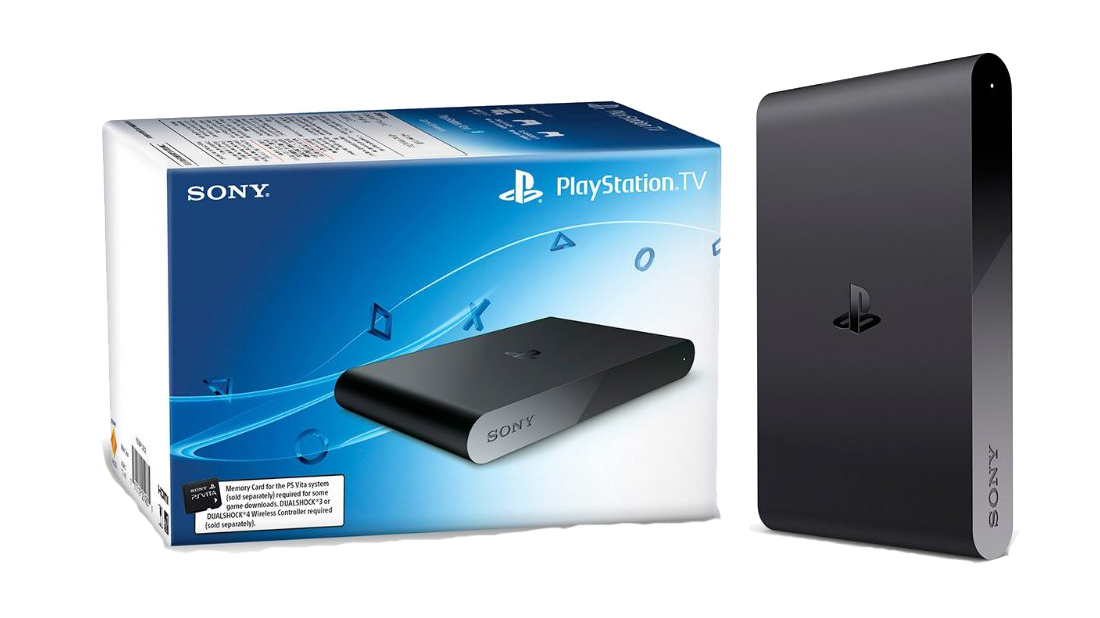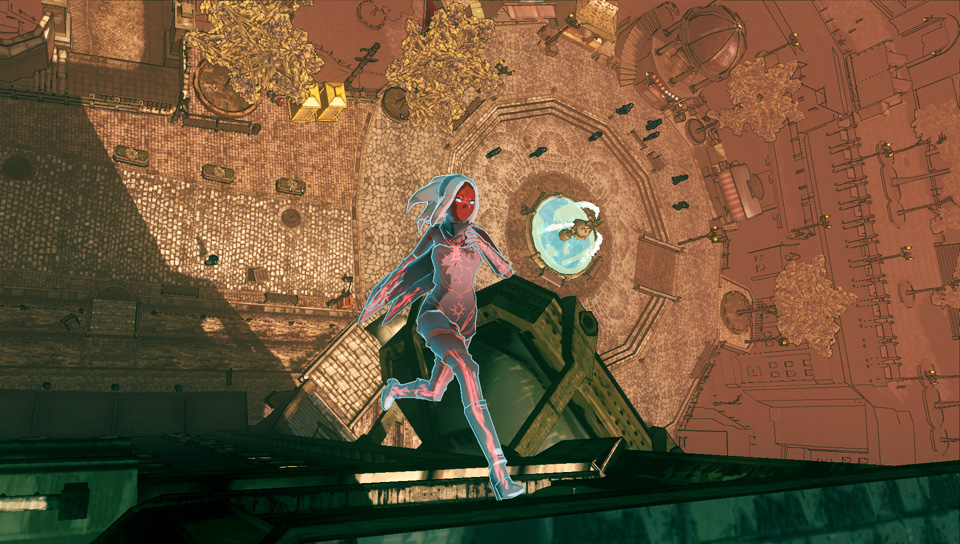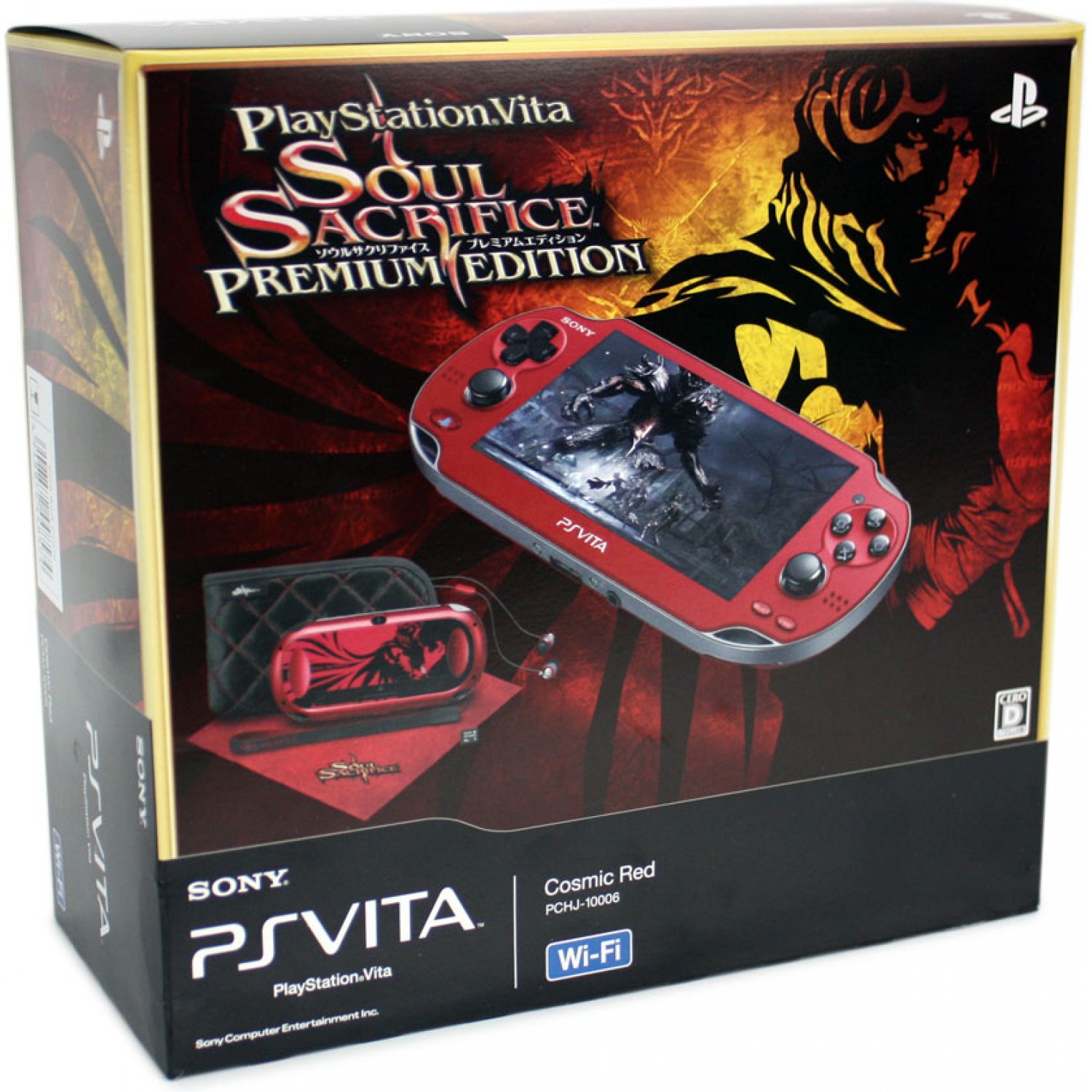Why PS Vita blazed a trail for handheld gaming and is worth buying in 2020
Sony has officially stopped producing PS Vita, but the feature-packed handheld remains a great place to play indie games on-the-go

"What does Vita mean?", Kaz Hirai rhetorically asked the audience at E3 2011, as Sony officially revealed what had been codenamed NGP (Next Generation Portable), the true successor to PlayStation Portable (PSP). The PSP had been Sony’s first steps into the handheld market, and the company knew it could push things further. Much further. But what does Vita mean, actually? It’s something we’re still pondering all these years on, that has been drawn into focus by Sony's decision to stop producing the much-cherished handheld.

This feature first appeared in Official PlayStation Magazine. Get the latest in PlayStation on doorstep early and for a better price! Subscribe to OPM here.
"Vita means life,” Hirai continued back in 2011, "and we’re confident that PlayStation Vita will be the first product that truly blurs those lines between PlayStation entertainment and your real life." With production of the console ending properly this year in 2019, it’s been an eight-year-long, very full life (it launched late 2011 in Japan, and early 2012 in the West).
Despite the end of production, it’s still a console filled with the life essence - that Vita - thanks, quite simply, due to the sheer wealth of excellent games available on the system, from brand-new experiences that wowed us for the very first time to portable versions of some of the greatest PlayStation games of all time. It was (and is) a console that united the past and the future, and gave us the best of PlayStation to hold in our hands wherever we went.
Hard(ware) to fault


PS Vita is a handheld, but it's reported that the development kit version used by studios to make games had native HDMI-outs to display the games on TVs. While this never made it into retail features - possibly because it would have made it chunkier - the capability always lay dormant. That’s why the eventual release of the PlayStation TV made sense - hook it up, plug in your memory card, and it's PS Vita on your TV.
But it wasn’t just the great games that defined what PlayStation Vita was (though it did have a super line up of launch titles). It was just how much Sony built into the thing. Feature-rich is a term that gets bandied about, but in 2011 PS Vita was a one percenter. Two analogue sticks, a multi-touch screen and a touch-pad on the back, Sixaxis motion sensors, and both front-facing and rear cameras. There was more hardware power crammed into the little thing than you could waggle a Motion Controller at.
The cameras allowed developers to experiment with augmented reality games, and the feature was best used in dedicated games like Media Molecule’s fantastic Tearaway. Later ported to PS4 as Tearaway Unfolded, the team’s expert use of all PS Vita’s little quirks means the original version is nonetheless still the best – it oozes charm right into the palms of your hands. When used properly, the system can still offer something truly special you just can’t get elsewhere.
The console's huge library still holds up

PS Vita had one of the strongest launch lineups of any Sony system.
That doesn’t mean that all of its greatest games had to squeeze the hardware to be excellent. Right out of the gate PS Vita had a huge amount of fantastic games, and one of the strongest launch lineups of any Sony system – from first-party titles like Uncharted: Golden Abyss, WipEout 2048, and Gravity Rush to third-party ones such as Rayman Origins, Ultimate Marvel Vs Capcom 3, and Touch My Katamari. Beyond that, PS Vita had, and still has, a library of bona fide classics thanks to its powerhouse hardware, which is able to play most PS1 and PSP games that are available digitally from the PlayStation Store. That back catalogue alone is a hefty collection of some of the best games PlayStation has ever offered.
While some games, such as Uncharted: Golden Abyss, do prove that you really could make a big-budget feeling experience on the handheld, it is often the small experiences that truly shine on PS Vita, smaller indie games that you can pick up and play in bursts, like Rogue Legacy, Spelunky, and The Binding Of Isaac. Many of them are crossbuy, meaning buying them once lets you play them across any PlayStation consoles on which they are available.
Weekly digests, tales from the communities you love, and more
On top of that, PS Vita is the ideal way to play much longer games you don’t always want to hog the telly for, or fancy picking away at while you commute, ones with a lot of reading like Danganronpa or big RPG adventures like Final Fantasy or Undertale. PS Vita is a console that always, always is working with you, for you – delivering great videogames at whatever speed you want to go at.
PS Vita was the missing link between PS3 and PS4


Even this many years since launch you can still find some reasonably priced older PS Vita models, the system has had more than its fair share of expensive limited editions, especially if you’re willing to import from Japan. The priciest we found ready to buy in the UK was an import Soul Sacrifice edition in Cosmic Red with an image from the game on the back, bundled with the game and a bunch of neat accessories.
Besides a Wi-Fi-only model, PS Vita launched with a 3G version that would allow you to connect to the internet on the go via a phone network. Terminated since 2017, the Near app also enabled you to share information with other players nearby to see what people around you were playing where and swap little items.
At launch you were even able to connect the handheld to your PS3 to use it as a second screen, or to stream the home console directly to the handheld to play it remotely. You could transfer data between the systems to take saves from PS1 games you’d been playing and continue those on the go. With the release of PS4, the second screen and remote play features only improved, turning it into a system that enhanced the features of your new console when you unboxed it in 2013.
As far as features go, in many ways PS Vita ushered in what we now think of as being ‘the PS4 generation’. More than simply a successor to PSP, it was a link between PS3 and PS4 in terms of streamlining the user experience. Features we now take for granted, like Party – the feature for grouping up with your friends to voice-chat through the UI as opposed to in a particular game – got their start on the handheld. That was a pretty advanced feature, especially for the time. And because Sony was able to see how players interacted using PS Vita, the hardware designers could be confident those features would flourish in the PS4 we all know and love today.
Features we now take for granted, like Party, got their start on the handheld.
But even today PS Vita is much more than any sort of middle step, or even a side dish. It’s a whole second meal, and the great thing is how well the flavor complements the rest of the PlayStation feast. While some features, like Near, are no longer supported, they helped make the console what it is today: a place for innovation, and quite simply superb gaming experiences. And unlike the most memorable moments of home console gaming, these are experiences that can happen anywhere: when you’re cosied up in bed, on long-haul international flights, or as you wait for a friend on a park bench. So full of goodness is it, that we know we’ll still be playing our PS Vitas for a long time to come, and if you still haven’t tried it all these years on, then there’s still a whole world to explore at your fingertips if you’ll join us.
What games should you play on Sony's handheld? Check out our list of best PS Vita games of all time.

Games Editor Oscar Taylor-Kent brings his year of Official PlayStation Magazine and PLAY knowledge. A noted PS Vita apologist, he's also written for Edge, PC Gamer, SFX, Official Xbox Magazine, Kotaku, Waypoint, GamesMaster, PCGamesN, and Xbox, to name a few. When not doing big combos in character action games like Devil May Cry, he loves to get cosy with RPGs, mysteries, and narrative games. Rarely focused entirely on the new, the call to return to retro is constant, whether that's a quick evening speed through Sonic 3 & Knuckles or yet another Jakathon through Naughty Dog's PS2 masterpieces.


